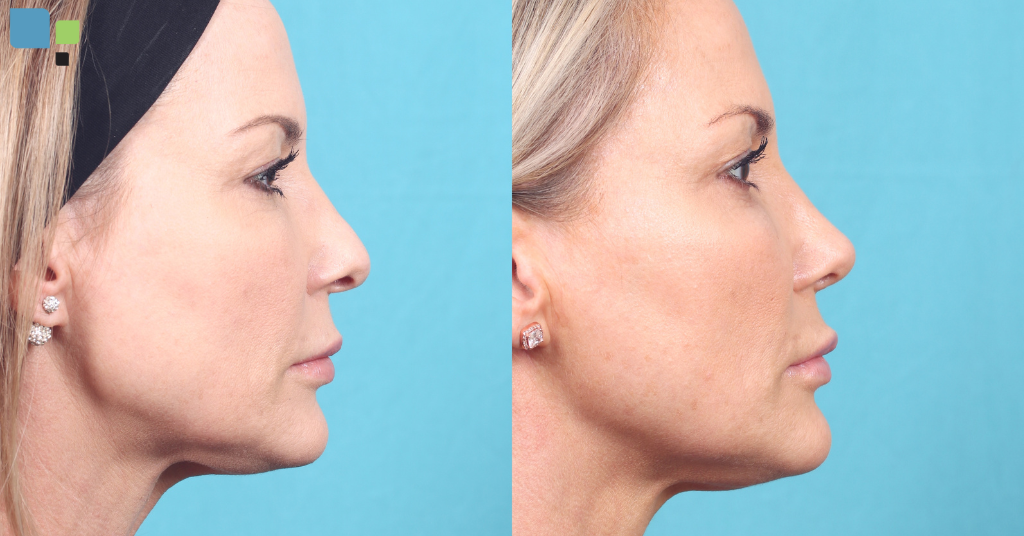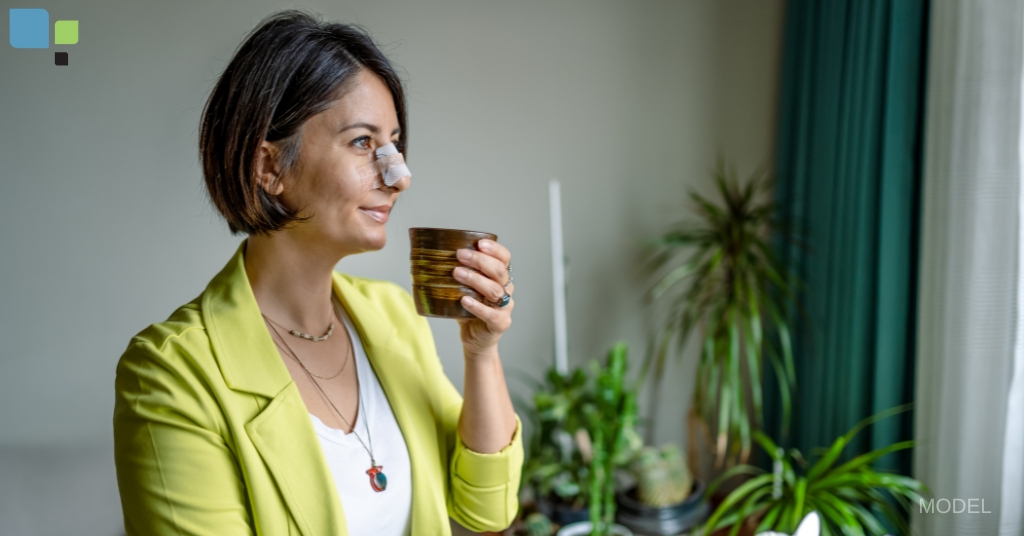More than 350,000 rhinoplasty procedures are performed yearly in the United States. More commonly called a “nose job,” the frequency of this facial surgery makes it one of the most common cosmetic procedures in this country.
Edward Gross, M.D., double board certified facial plastic and reconstructive surgeon at Primera Plastic Surgery and Med Spa, says, “Contrary to popular belief, not all rhinoplasty patients want smaller noses.” He explains that the procedure can correct various issues with how your nose functions and how it looks on your face. Dr. Gross and his team have several types of rhinoplasty techniques. This blog will help you understand rhinoplasty and the types of techniques available to give you the kind of nose you’ve always wanted.
What Happens During Rhinoplasty?
Dr. Gross says, “Rhinoplasty reshapes the nose to match your facial features and look natural from all angles.” During this procedure, Dr. Gross will:
- Make incisions inside or outside the nose
- Lift the skin away to get to the underlying cartilage and bone
- Surgically reshape or remove bone and cartilage
- Close the incision with tiny sutures
Rhinoplasty at Primera is performed under general anesthesia. The entire procedure takes a few hours, depending on the complexity of the surgery.
After the procedure, you will typically wear a cast on the nose to help maintain its new shape as it heals for one week. Recovery time depends on each person, but most patients can return to work or school within a week or two after the procedure. However, it can take several months to one year for the nose to heal fully and for the final results to become apparent.

Is Rhinoplasty Strictly Cosmetic?
No, a rhinoplasty procedure can correct a deviated septum or other functional breathing problems inside the nose. Dr. Gross says, “Your nasal septum is the thin strip of bone that separates the two halves of your nose and divides your nostrils. You have a deviated nasal septum if the bone is crooked or angles to one side of your nose.”
Dr. Gross can straighten the septum or open the nasal passages for easier breathing as well as cosmetic concerns. Dr. Gross says, “I correct dorsal humps on the nasal bridge, over-projection, disproportionate sizing, asymmetry, and several other issues.”
What Are the Different Types of Rhinoplasty?
There are several types of rhinoplasty, each with its own techniques and goals, including:
- Tip
- Ethnic
- Septorhinoplasty
- Revision
- Reconstruction
Dr. Gross says, “A tip plasty focuses on the nasal tip and can be performed without making changes to the rest of the nose.” A tip rhinoplasty aims to create a more refined and aesthetically pleasing appearance by modifying the shape and size of the nasal tip.
Tip rhinoplasty can be performed as a stand-alone procedure or as part of a more comprehensive rhinoplasty to address other concerns with the nose. Dr. Gross says, “I can use the procedure to change the tip’s projection, elevate, rotate or thin the tip, to create a more attractive angle between the nose and upper lip.”
Ethnic rhinoplasty seeks to preserve the patient’s cultural identity while achieving the desired results. Dr. Gross says, “When I perform these, I adjust my approach to match the aesthetics of the nose for Asian, African American, and Hispanic patients without erasing their distinctive ethnic features.” This procedure can involve changing the nose’s height, narrowing the nose, creating a sharper nose tip, or other alterations. Dr. Gross says, “Having performed this surgery on various cartilage structures and skin tones, I understand how to customize my procedure to match your natural appearance.”
Septorhinoplasty is a type of nose surgery that combines both septoplasty and rhinoplasty. Septoplasty is a surgical procedure that corrects a deviated septum, which is a condition where the thin wall of cartilage and bone between the nostrils is displaced, causing breathing problems. Rhinoplasty, on the other hand, is a cosmetic procedure that reshapes the nose for aesthetic purposes. Dr. Gross says, “A septorhinoplasty gives you a straighter nose and can improve your breathing. This can be combined with cosmetic techniques to achieve both aesthetic and breathing improvement in one procedure.”
Revision rhinoplasty is a secondary procedure to correct problems or imperfections resulting from a previous rhinoplasty. Dr. Gross says, “A revision rhinoplasty requires a specialist like myself, with extensive experience and knowledge of nasal anatomy. I can correct structural weakness, curvature, collapse, bridge/tip deformity, and breathing issues.”
Reconstructive rhinoplasty is a surgical procedure to correct deformities or functional problems of the nose caused by trauma, disease, or congenital defects. Dr. Gross uses reconstructive rhinoplasty “for patients who have experienced traumatic injuries to their nose that require surgical reconstruction.” For these procedures, Dr. Gross may use ear cartilage grafts, or Enduragen collagen implant to help build up the nose to make it look more natural.

What Type of Rhinoplasty Does Dr. Gross Perform?
Dr. Gross uses a surgical technique called open rhinoplasty. He says, “An open procedure means that I have an open view and unlimited access to all areas of the nose during surgery, especially needed for tip plasty and revision cases.” This procedure minimizes scarring so that many times the scar is imperceptible. Dr. Gross also mentions another benefit of open rhinoplasty, “An open approach allows me to access scar tissue, graft cartilage, rotate, thin and shorten a drooping or elongated nose tip.”
To ensure the procedure achieves the best results, Dr. Gross uses preoperative computer imaging to decide the best treatment plan for each patient, so you have a good idea of your potential outcomes before your surgery.
If you’re self-conscious about the appearance of your nose or have trouble breathing, visit our gallery of before and after photos at WeDoFaces.com to learn more about how Dr. Gross and his team can help. Or call (407) 594-74966 to schedule an appointment.

Leave a Reply